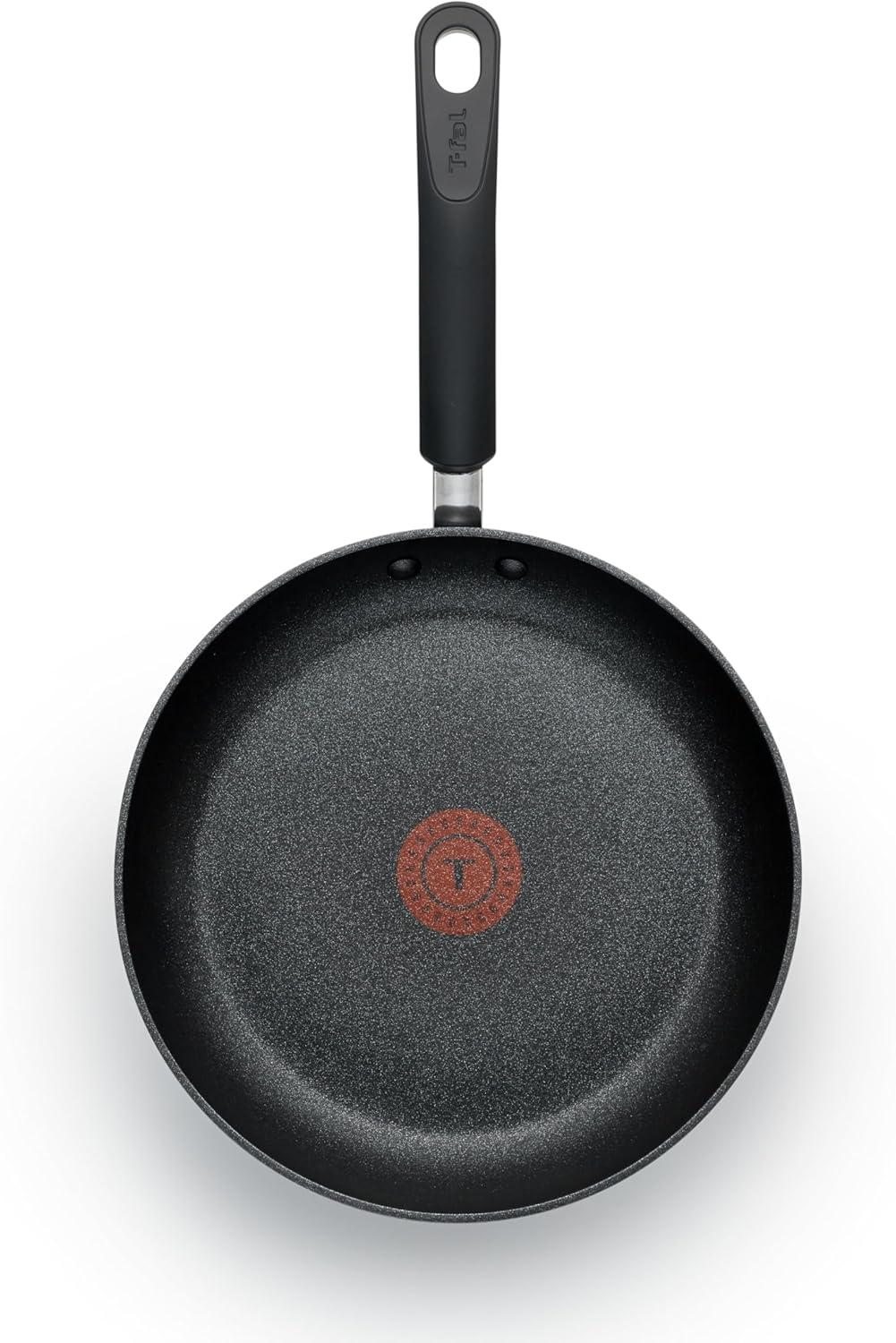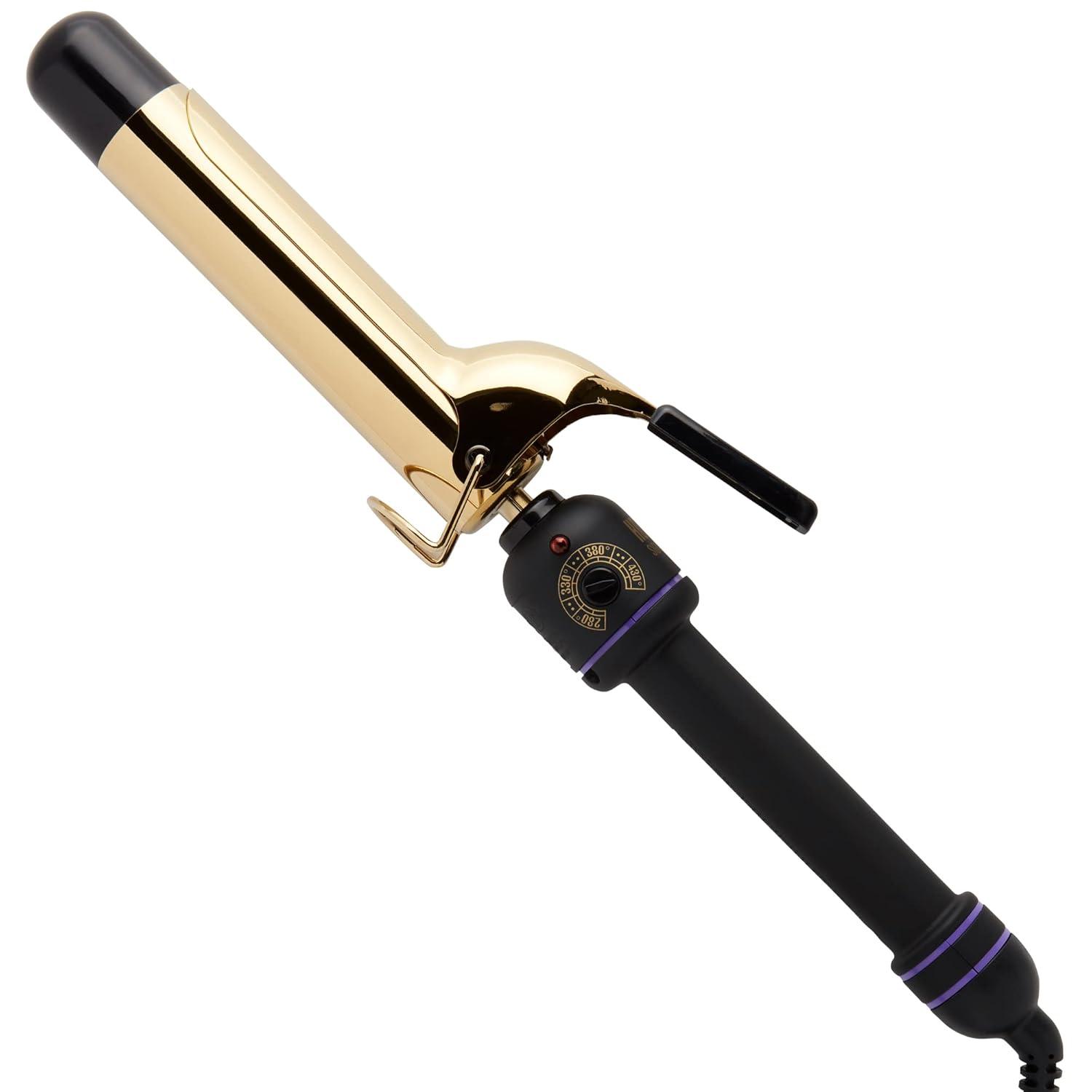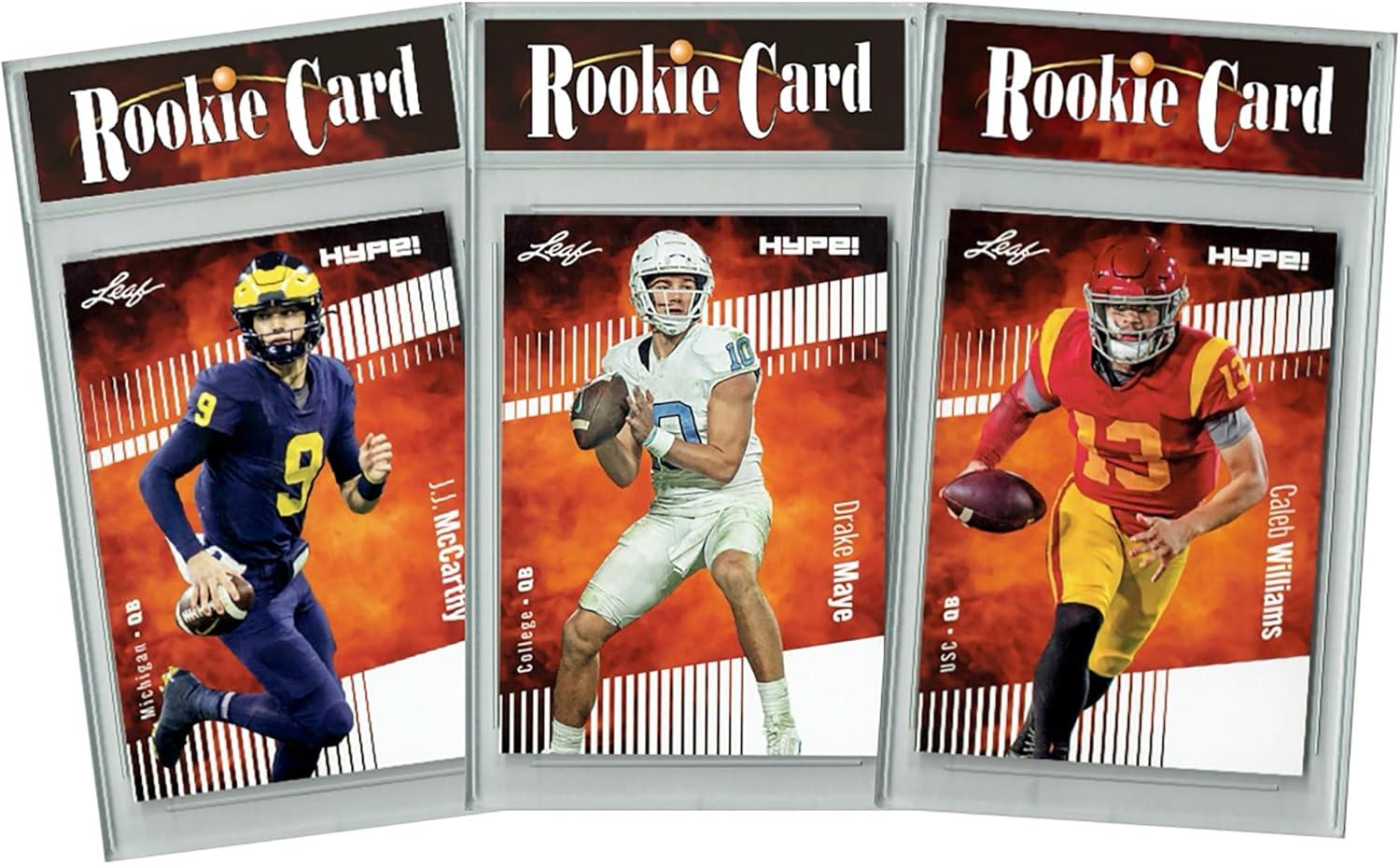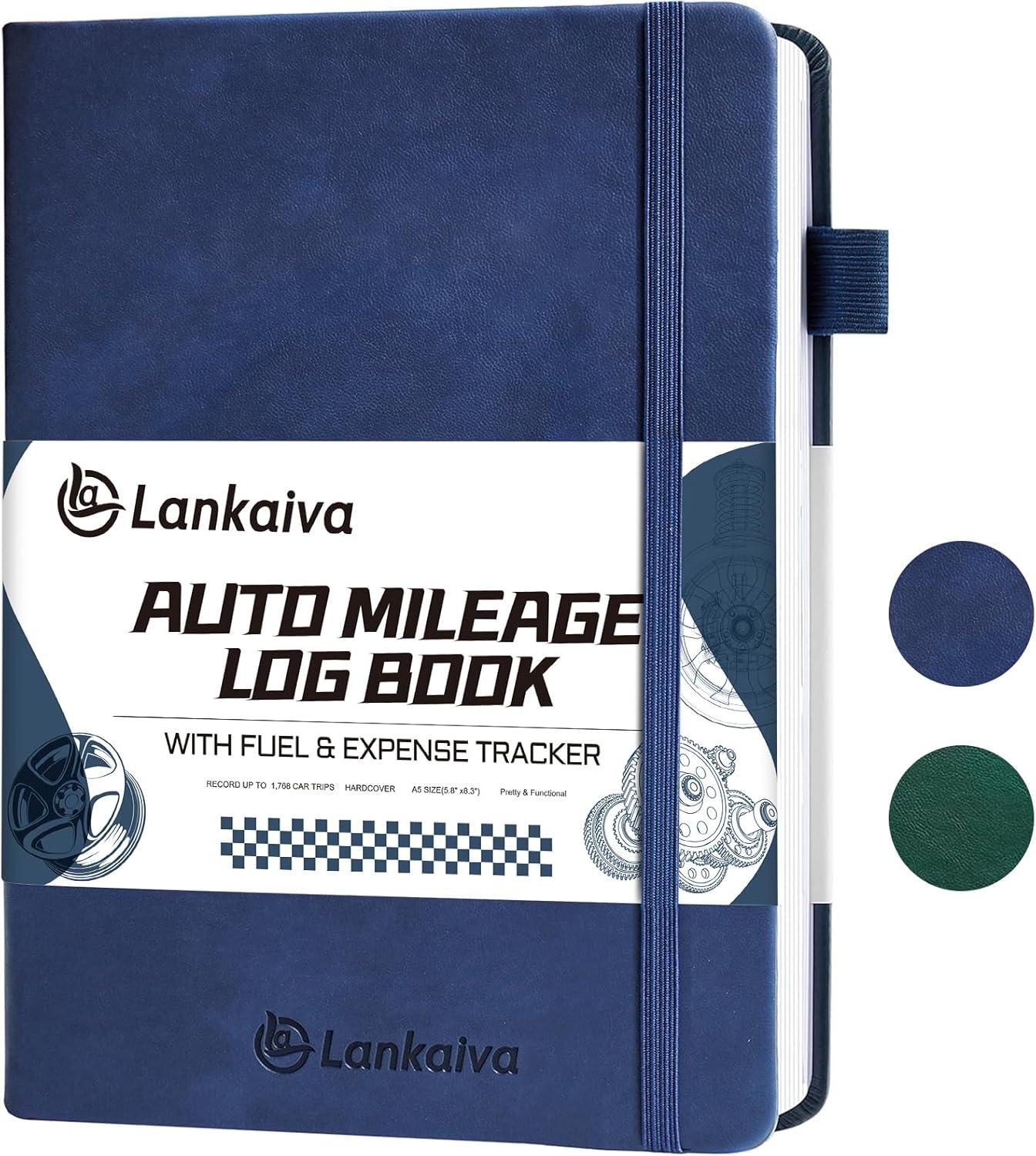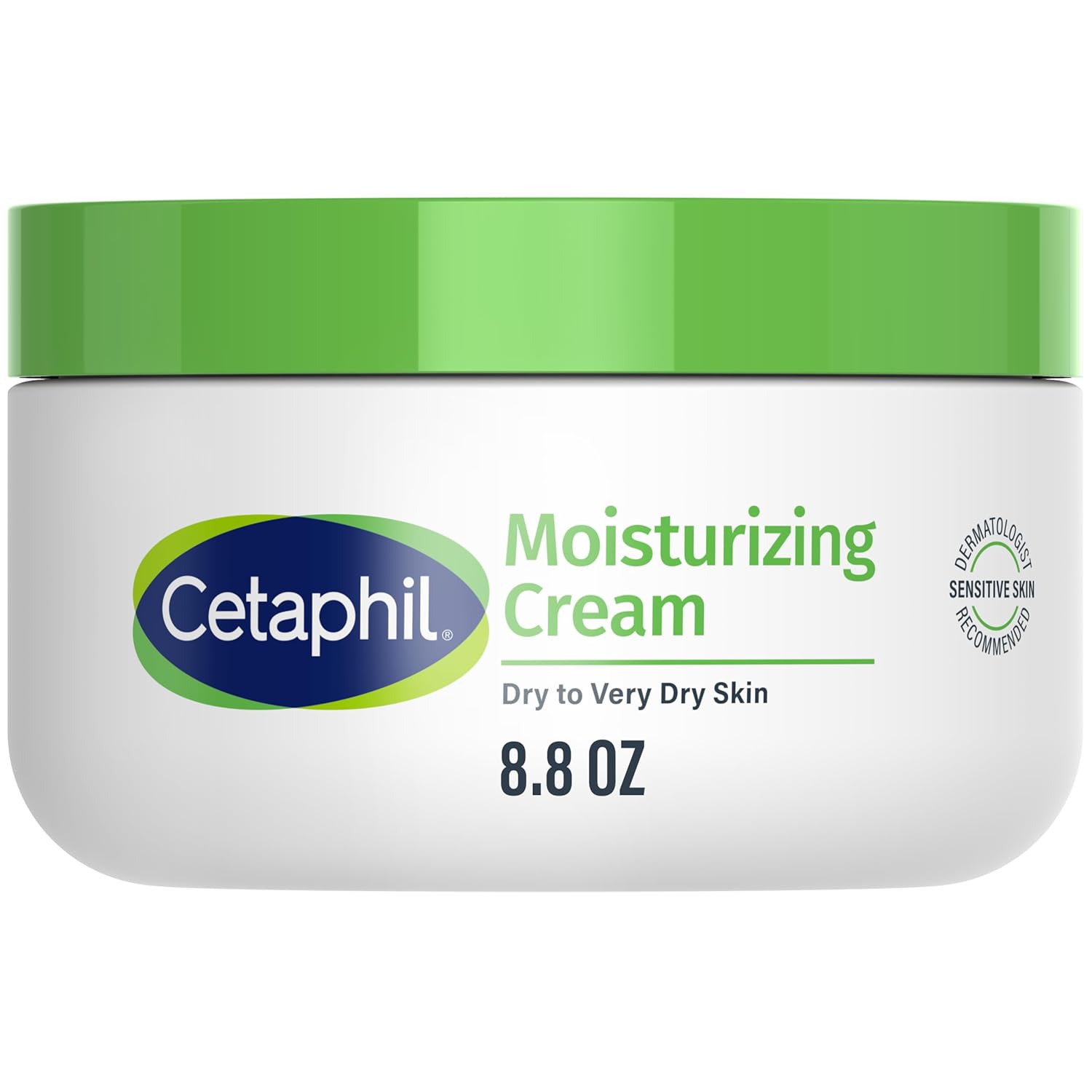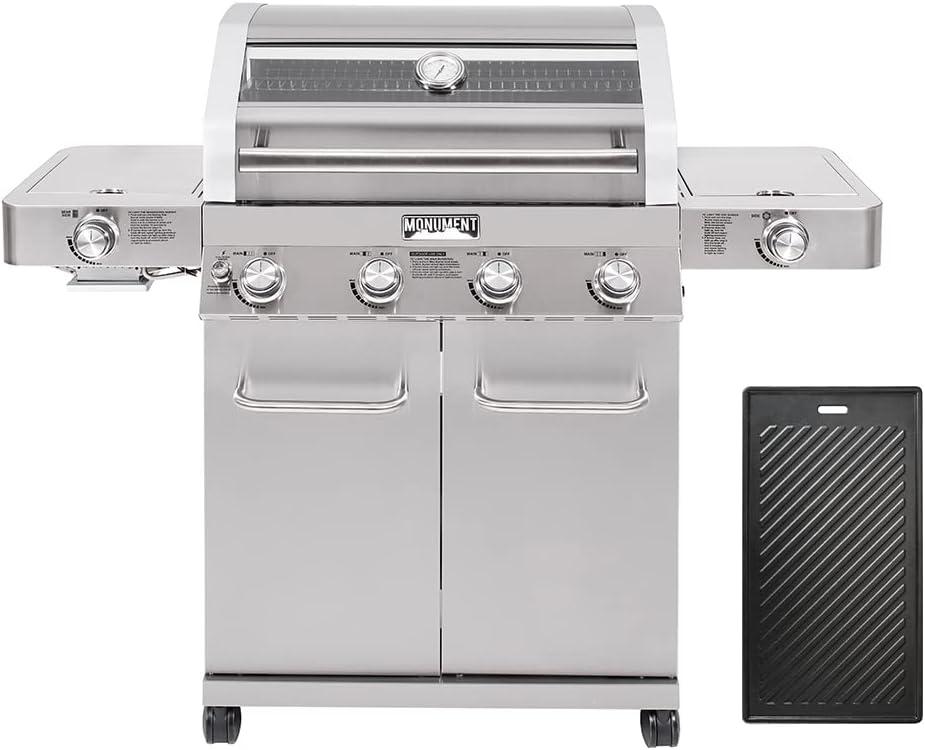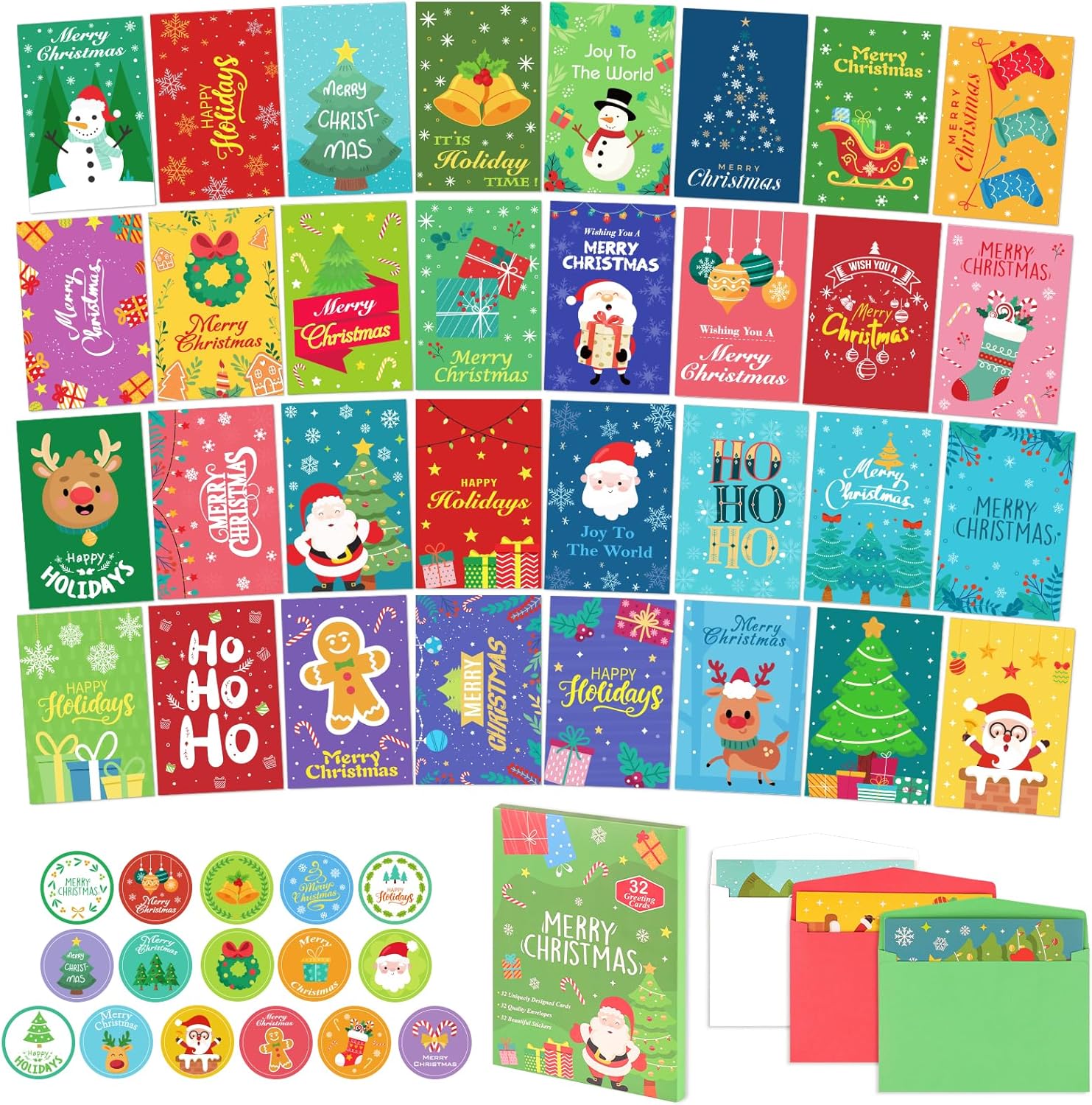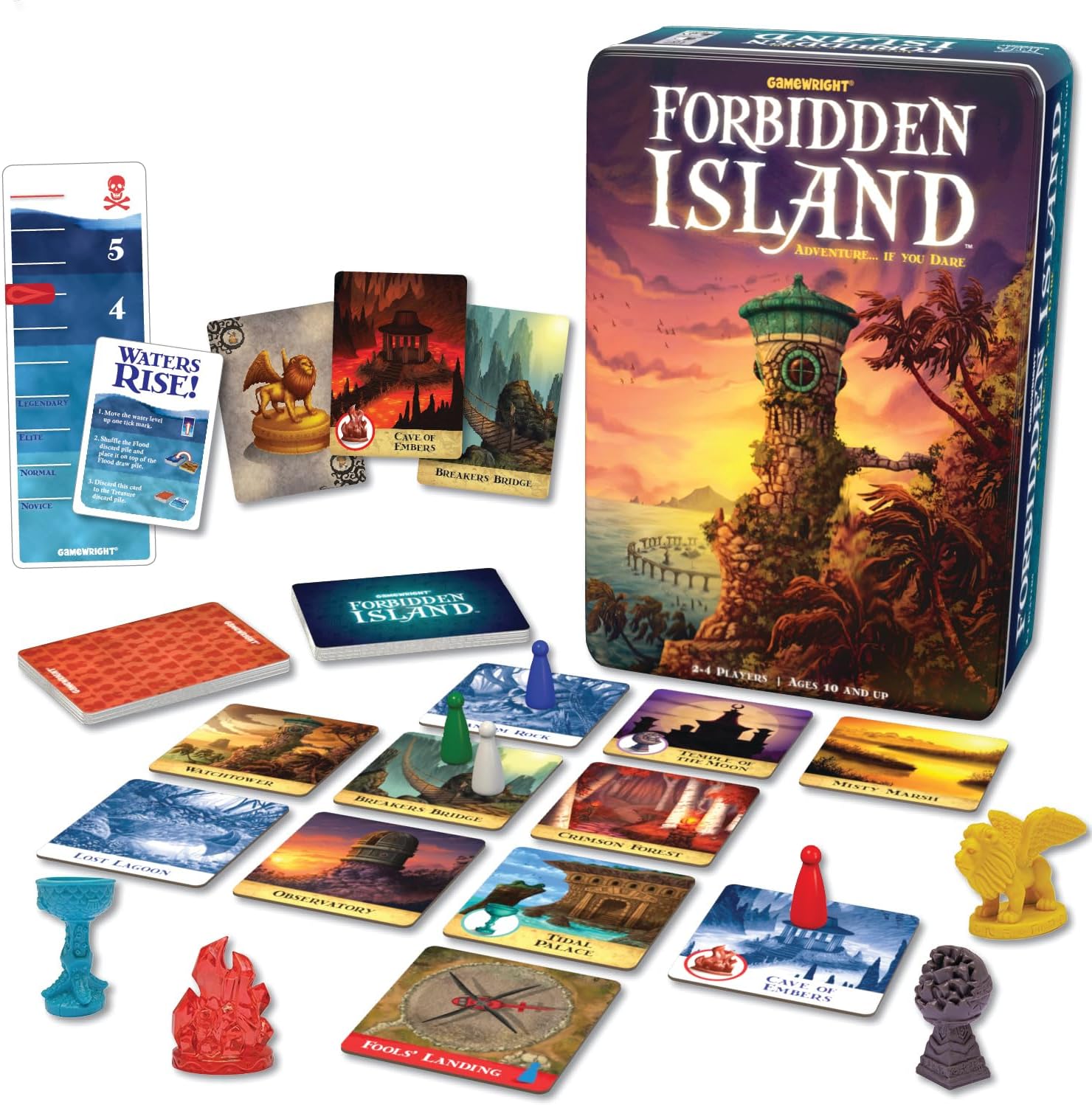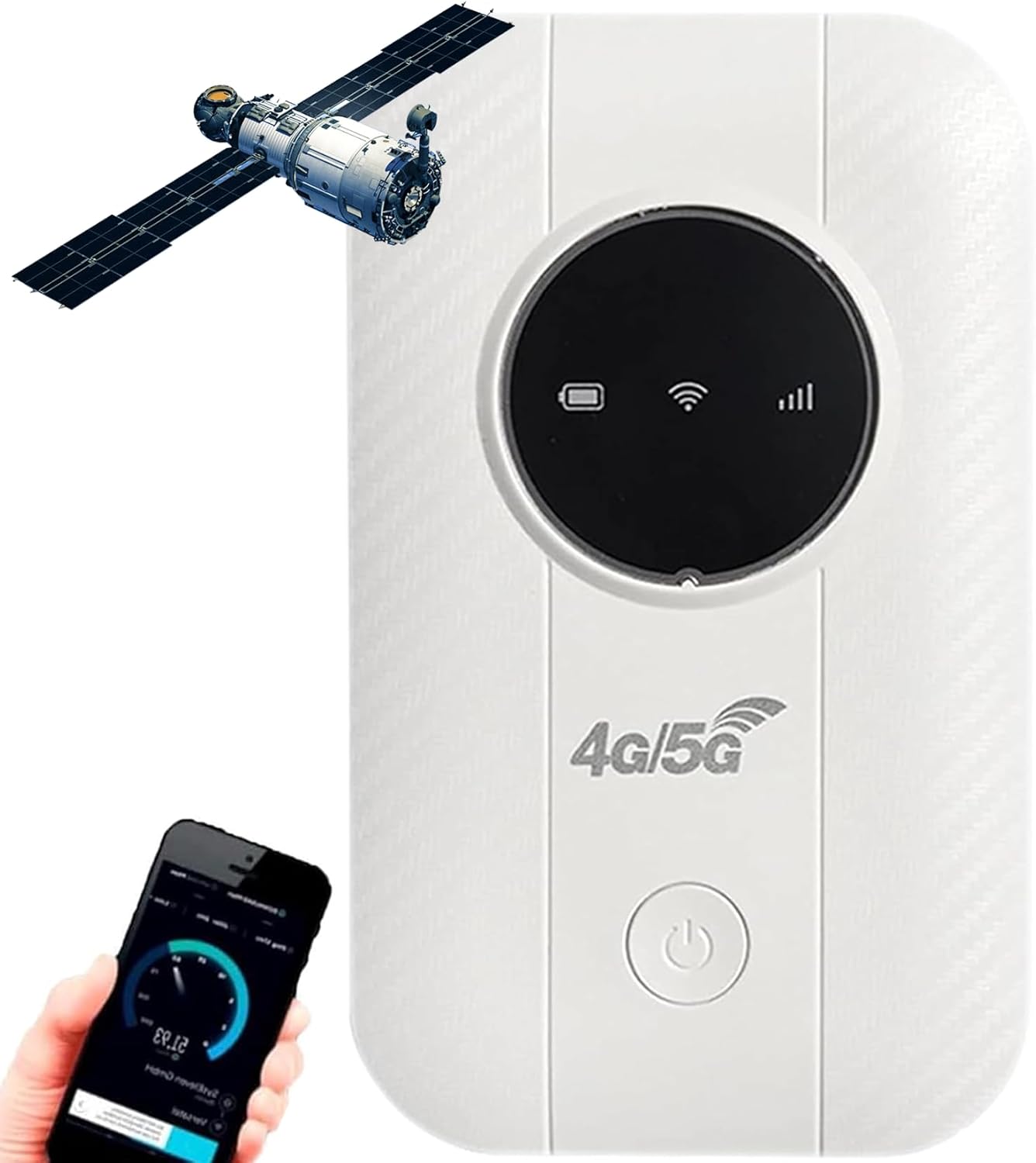









Price: $69.99
(as of Apr 08, 2025 11:30:00 UTC - Details)
The Best Skillet: Your Ultimate Guide to Choosing the Perfect Cooking Companion
Introduction
When it comes to cooking, having the right tools can make all the difference. One essential tool that every kitchen should have is a skillet. But with so many options available, how do you choose the best skillet for your needs? In this article, we will explore everything you need to know about selecting the best skillet, including types, materials, and care tips. Whether you're a novice cook or a seasoned chef, this guide will help you navigate the world of skillets and find the perfect one for your culinary adventures.
Understanding Different Types of Skillets
Cast Iron Skillets
One of the most popular options is the cast iron skillet. Known for its heat retention and even cooking, a cast iron skillet is a must-have for any serious cook. These skillets can withstand high temperatures, making them ideal for searing meats and baking cornbread. Plus, with proper care, they can last a lifetime.
Non-Stick Skillets
If you're looking for an easy-to-clean option, non-stick skillets are the way to go. These skillets are coated with a non-stick surface that requires less oil for cooking, making them great for healthier meals. However, it's essential to use non-metal utensils to avoid scratching the surface and to follow care instructions for longevity.
Stainless Steel Skillets
Stainless steel skillets are known for their durability and sleek appearance. They are perfect for browning, sautéing, and deglazing. Although they may require more oil to prevent sticking, they offer excellent heat distribution and are resistant to rust and corrosion.
Copper Skillets
For those who want precise temperature control, copper skillets are an excellent choice. Copper conducts heat quickly and evenly, making it perfect for delicate dishes that require careful cooking. However, they often come at a higher price point and may require more maintenance to keep them looking their best.
Key Features to Consider
Size and Shape
When choosing the best skillet, size matters. Skillets come in various sizes, typically ranging from 8 inches to 16 inches in diameter. The right size depends on your cooking needs and the number of people you typically cook for. Additionally, the shape of the skillet can affect how you cook. A deeper skillet can be better for dishes with more liquid, while a shallower one is great for frying.
Handle Comfort
A comfortable handle is crucial for ease of use, especially when transferring hot food from the stove to the oven. Look for skillets with heat-resistant, ergonomic handles that provide a good grip. Some skillets also feature helper handles for added support when lifting larger pans.
Oven Safety
If you plan to use your skillet in the oven, check its oven safety rating. Many skillets are oven-safe up to a certain temperature, so ensure it meets your cooking needs. Cast iron and stainless steel skillets are usually safe for high-heat cooking in the oven.
Cooking Techniques with Your Skillet
Searing Meat
One of the best uses for a skillet is searing meat. The high heat retention of cast iron skillets makes them ideal for achieving that perfect golden crust. Preheat your skillet, add a bit of oil, and let your meat come to room temperature before placing it in the pan for the best results.
Sautéing Vegetables
Sautéing is another fantastic technique that works well in skillets. Whether you're cooking up some bell peppers, onions, or leafy greens, a skillet allows for quick cooking while retaining the vegetables' nutrients. Use a bit of oil and keep the heat medium-high for optimal sautéing.
Making Sauces
After cooking meat in your skillet, don’t forget about the delicious brown bits left behind. These bits are packed with flavor and can be used to create a sauce. Simply deglaze the skillet with some broth or wine, scraping up the bits, and let it reduce for a tasty finishing touch to your meal.
Care and Maintenance Tips
Seasoning Your Skillet
For cast iron skillets, seasoning is essential to maintain their non-stick properties and prevent rust. After cleaning, apply a thin layer of oil and bake it upside down in the oven for a couple of hours. This will create a natural non-stick surface.
Cleaning Methods
Cleaning your skillet properly is crucial for its longevity. Avoid using harsh detergents or scouring pads. Instead, use warm water and a soft sponge to clean your skillet. For tough stains, a mixture of salt and oil can act as a natural scrub.
Storage Solutions
To prevent scratching and damage, consider how you store your skillets. Stack them with protection, such as kitchen towels, between each skillet. This will help maintain their surface and extend their lifespan.
Conclusion
Choosing the best skillet requires careful consideration of your cooking style, preferences, and needs. Whether you opt for a cast iron, non-stick, stainless steel, or copper skillet, each type has unique benefits that can enhance your cooking experience. By understanding the different types, key features, cooking techniques, and care tips, you'll be better equipped to find the perfect skillet for your kitchen. So go ahead, explore your options, and get ready to create delicious meals with your new favorite cooking companion!
This cookware set includes 8 inch and 10 inch Fry Pans, ideal for browning, searing, and pan-frying foods like eggs, vegetables, and meats Its flat surface and flared side walls make it ideal for one hand sautéing and easy turning with a spatula
High Quality Performance with Everyday Convenience - HA1 Nonstick heavy gauge aluminum and stainless-steel base deliver even heat for consistent, delicious cooking. The high-quality PTFE nonstick brings a long-lasting and easy release when cooking
Design You Will Love- HA1 Nonstick has a sleek and stylish contoured design. Our double riveted stainless steel handles ensure a secure grip
Oven safe up to 500°F and compatible with any stovetop, including induction Dishwasher safe To preserve the nonstick, wash your cookware with a soap and sponge, and using silicone, nylon or wooden utensils
Designed in Canonsburg, PA - USA, Made in China

